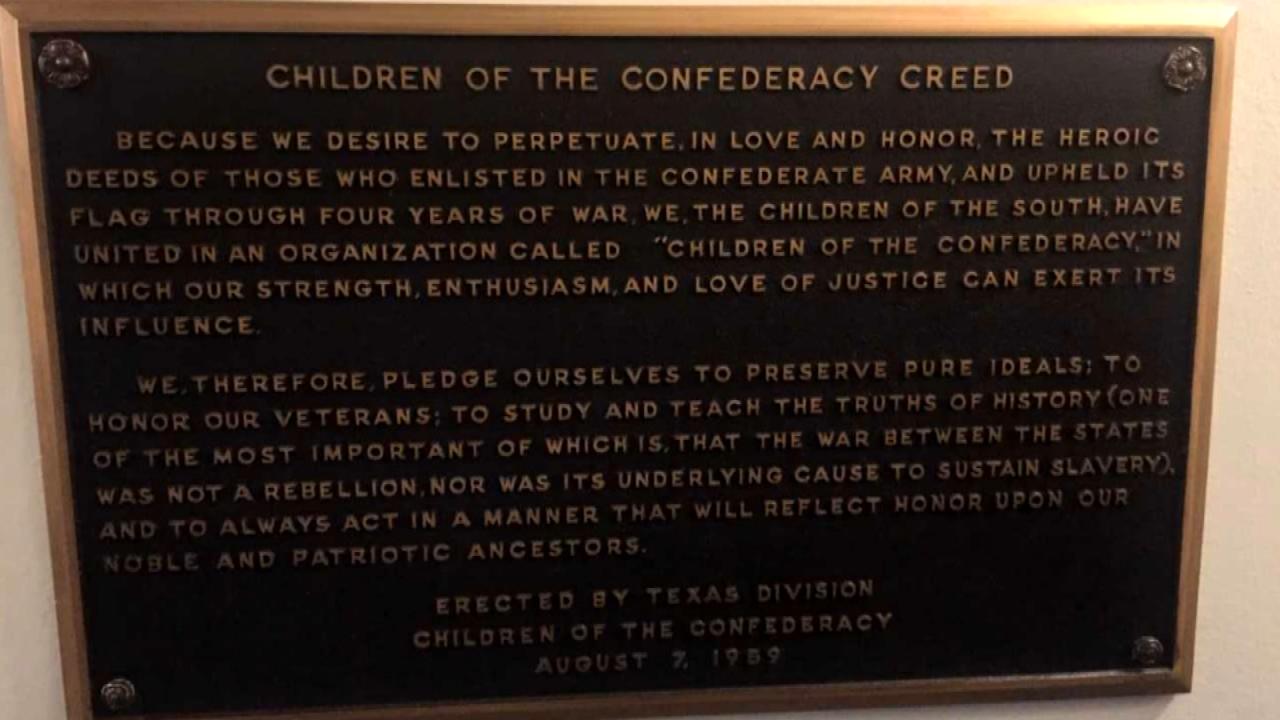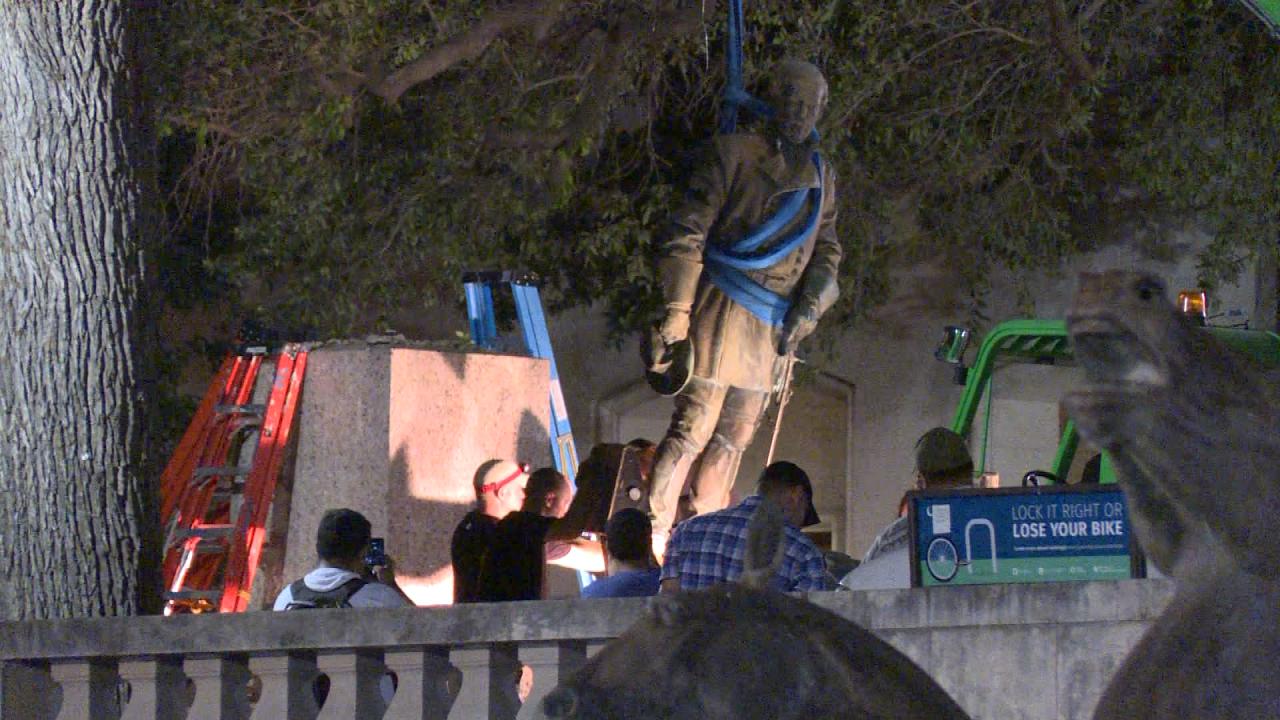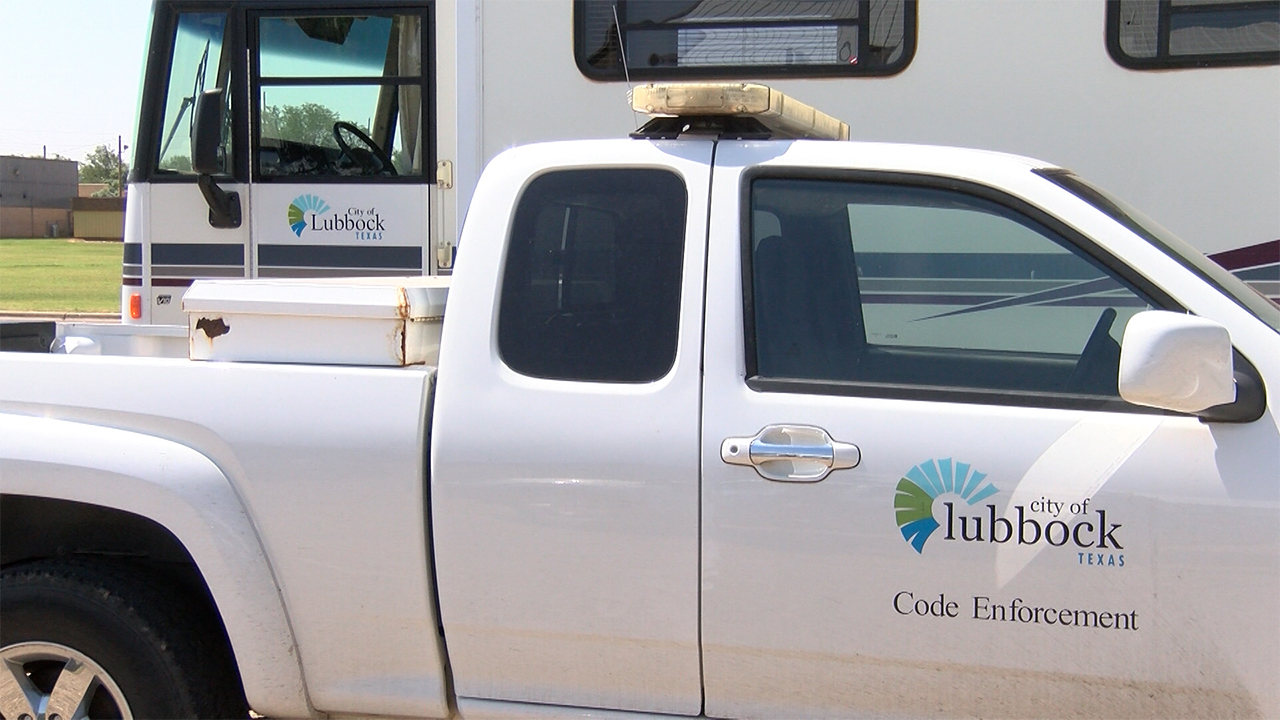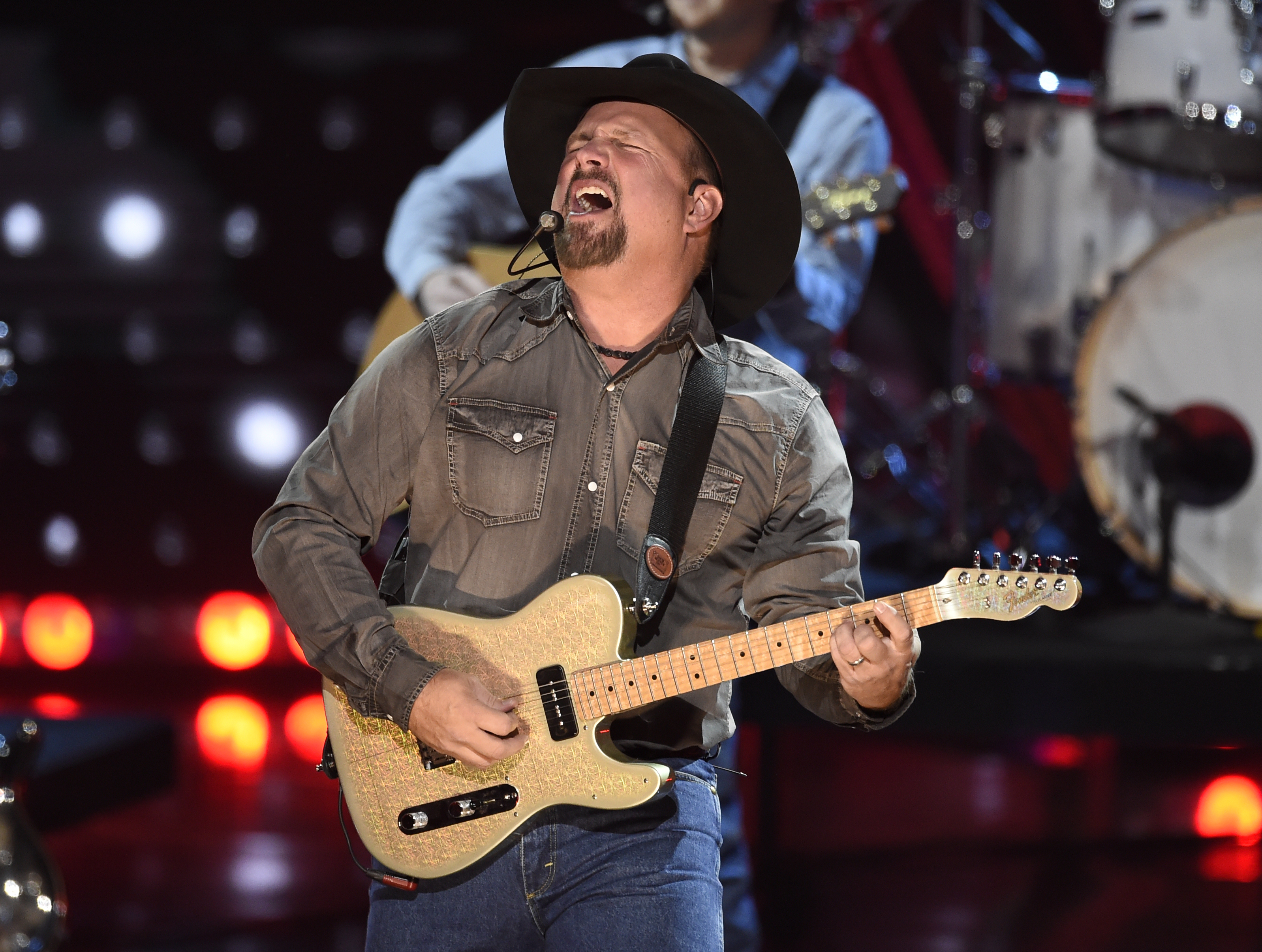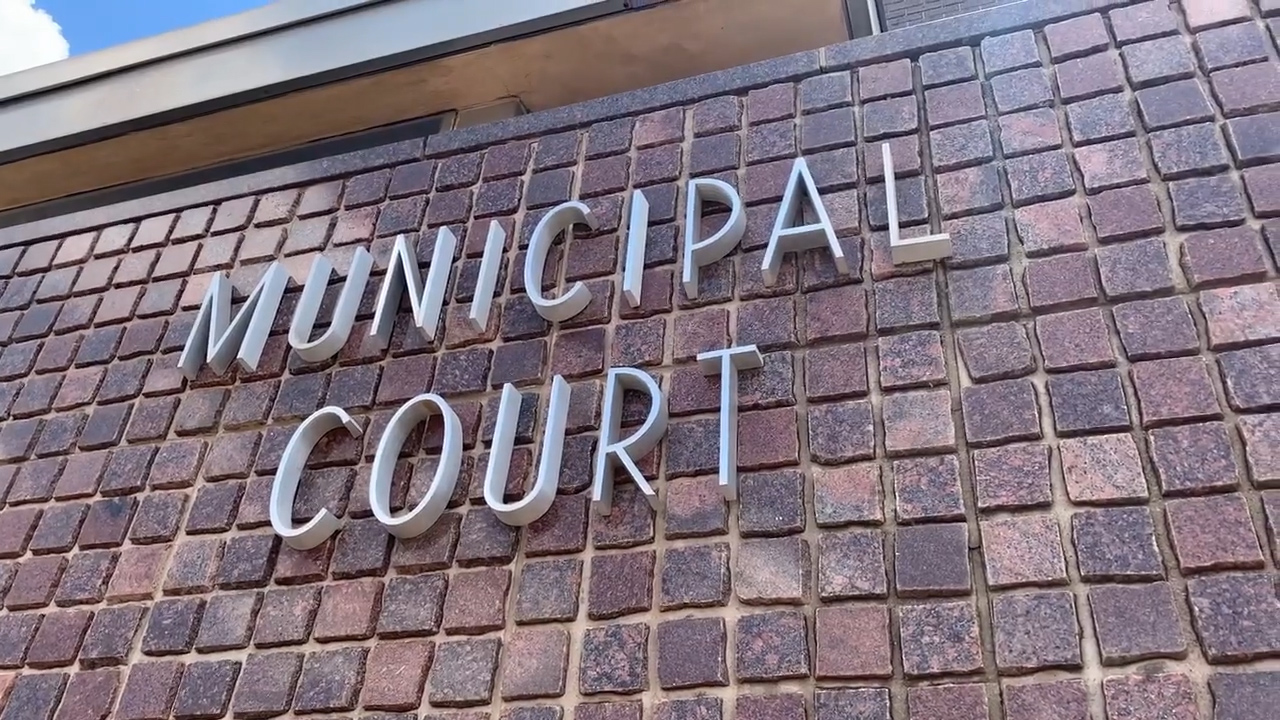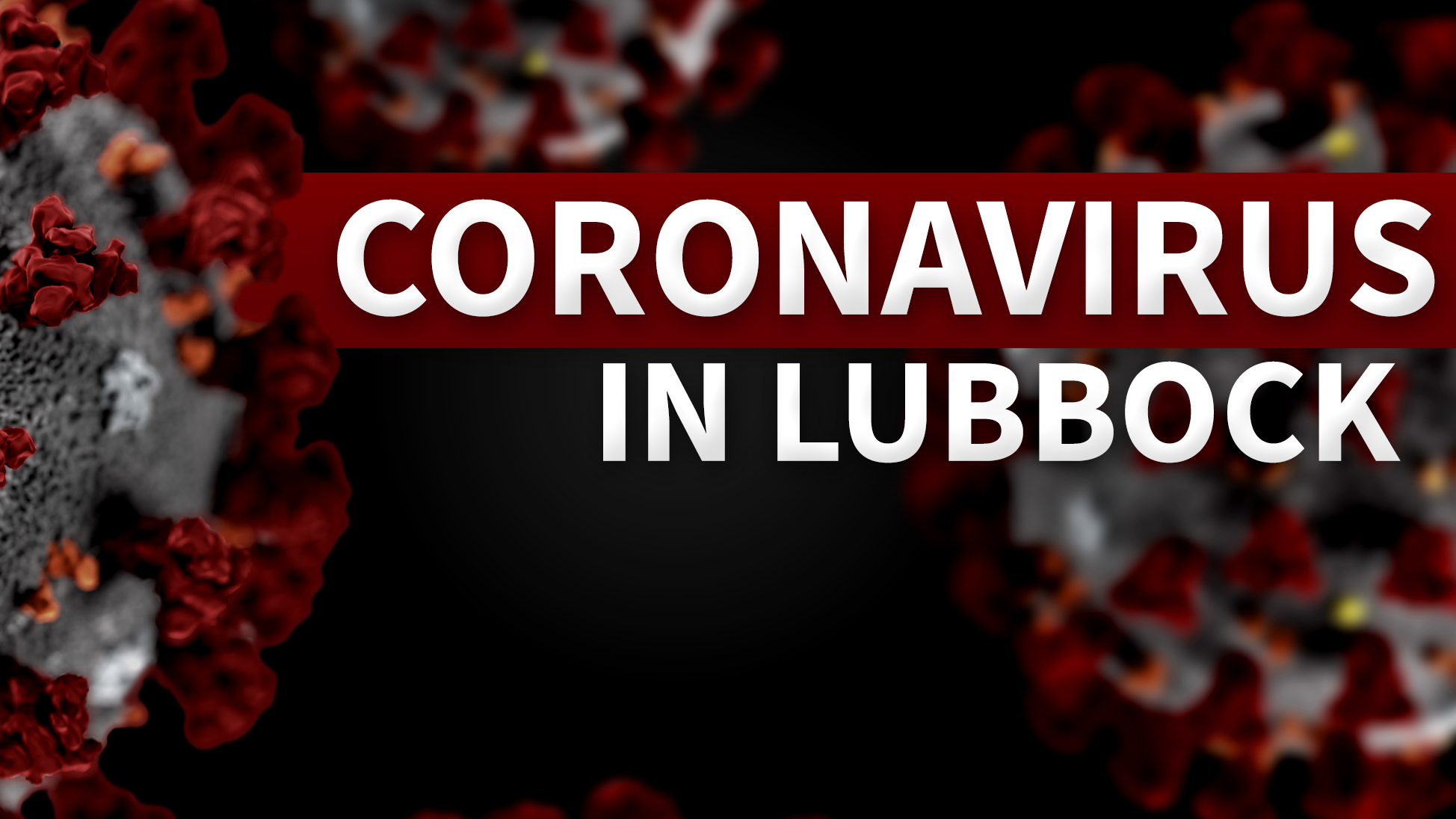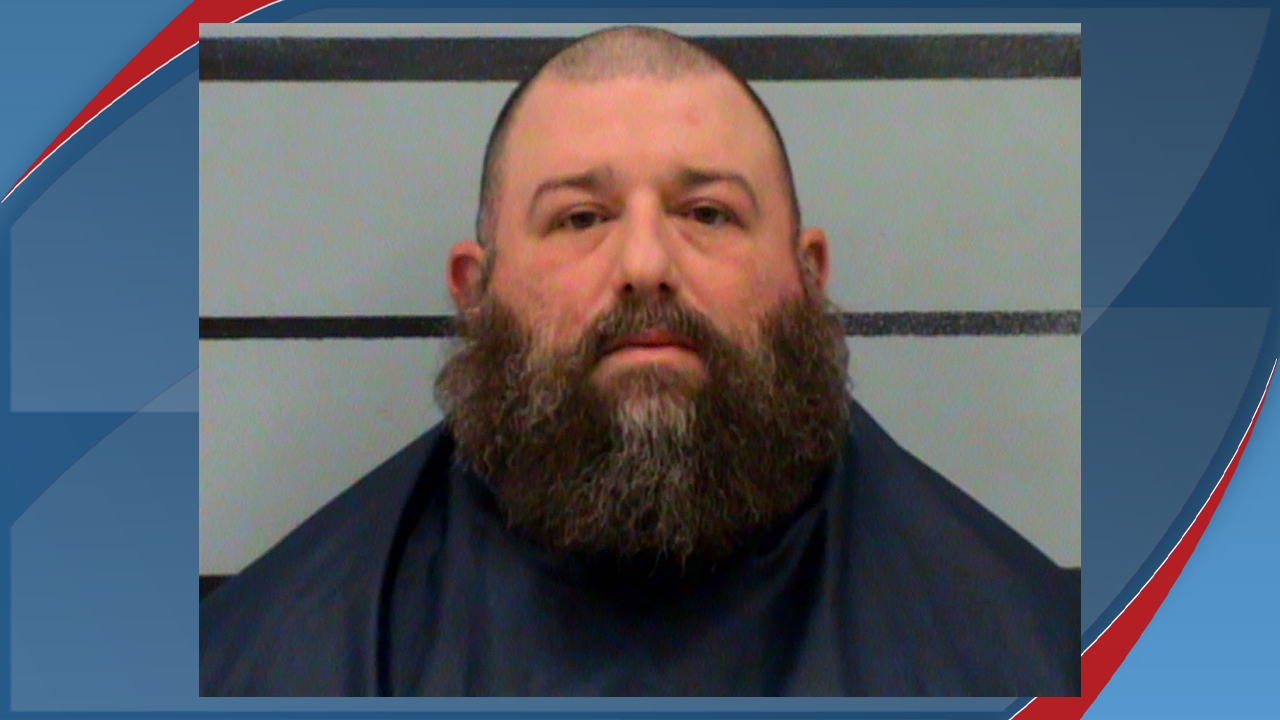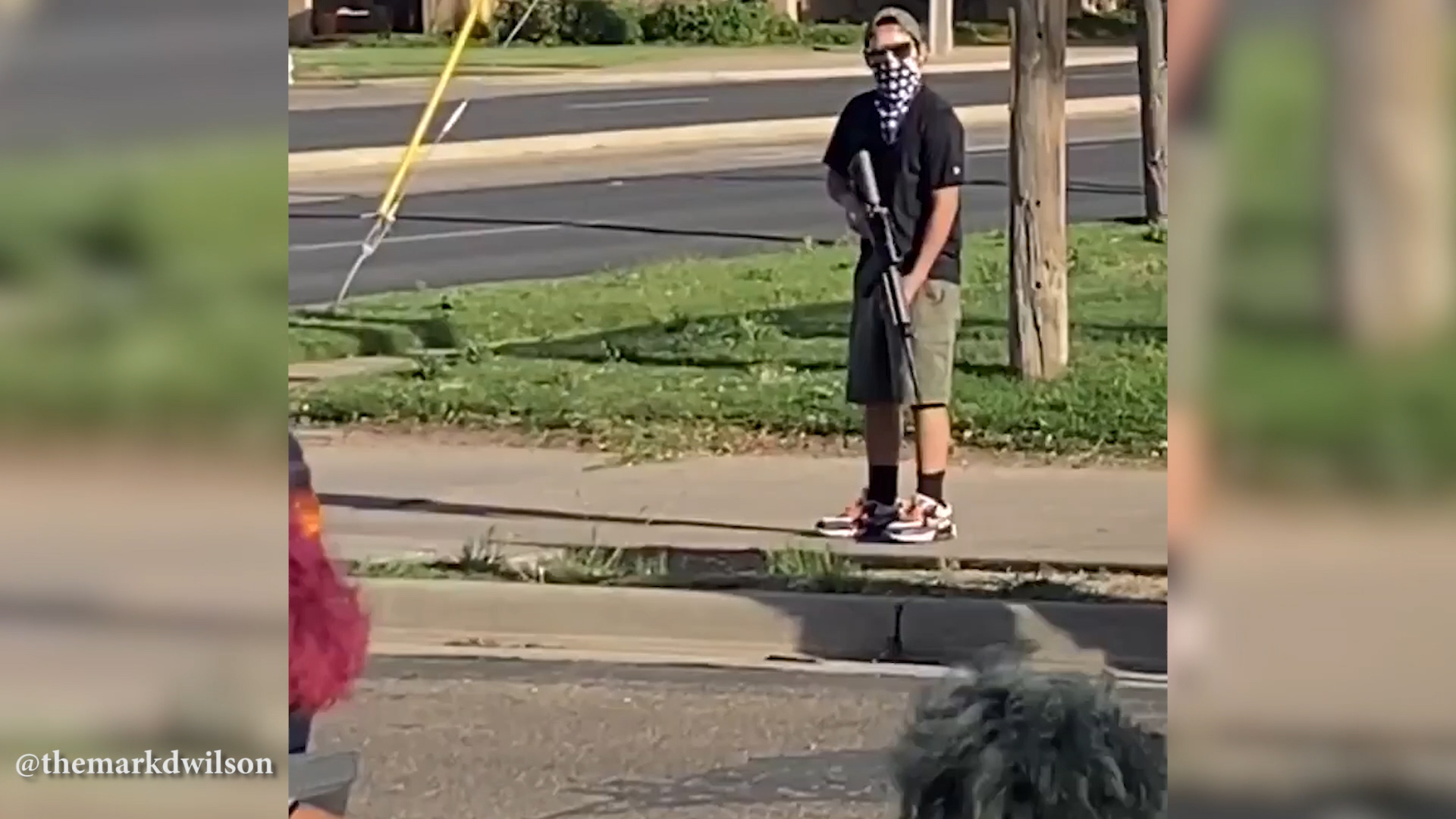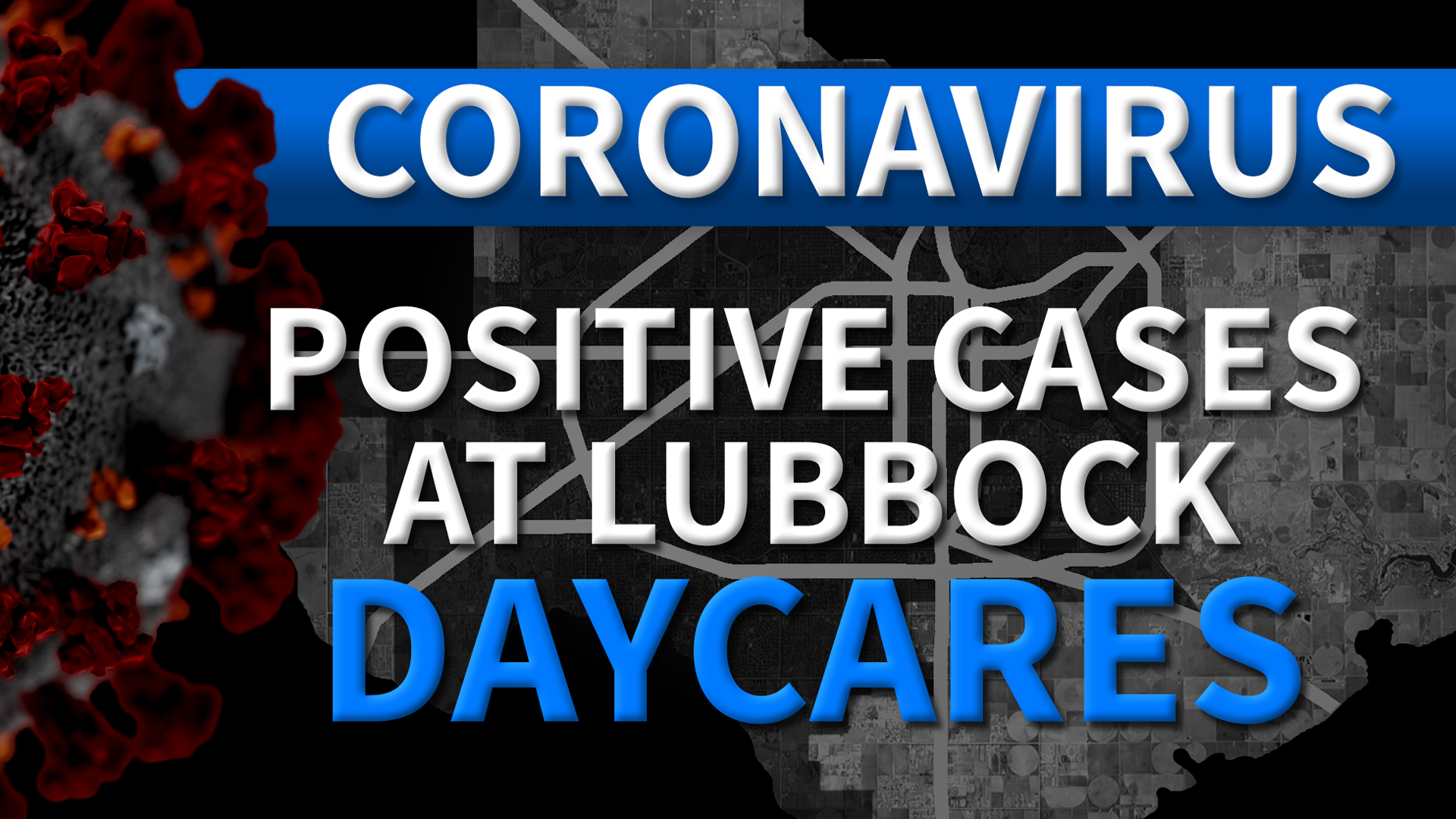More Confederate statues and monuments have been removed in Texas than in any other state since 2015, according to a report from the Southern Poverty Law Center. That trend does not stretch to the State Capitol, where Texas lawmakers have been hesitant to act.
The organization reports that of the 110 symbols removed since June 2015, 31 of them were in Texas. Virginia was next with 14, and Florida removed 9.
The data starts in June 2015 because that is when a gunman opened fire inside a Charleston, South, church, killing nine people. That shooting sparked a nationwide conversation about racial relations and Confederacy after the shooter was tied to white nationalism.
The Confederate markers range from monuments, bodies of water, and school and street names, to highways, parks and commemorative license plates.
While the state leads in Confederate symbol removal, polling by the University of Texas and the Texas Tribune indicates a divided approach to the Confederacy.
The UT/TT poll, released in October 2017, revealed 34 percent of Texans supported leaving the statues and monuments unchanged, while 30 percent preferred moving them to a museum. Twenty-two percent wanted them to remain — but with context — 8 percent wished they would be removed all together, and 6 percent said they were not sure.
“When I started looking at the divisions among rural and urban, among party, between race and ethnic city, you can see where there are still fractures about the symbolism of the confederacy that are not resolved, and we have some sense of why they’re not resolved, and so I don’t expect this to get clarified in any blanket sense soon, in part because those fractures are there,” Texas Politics Project executive director Jim Henson said.
Broken down by party, 55 percent of Republicans argued for leaving the symbols “as is,” while 56 percent of Democrats supported moving the statues and monuments to a museum.
“There is going to be a resistance to putting them in museums in a majority Republican state,” Henson said.
State Rep. Eric Johnson, D- Dallas, is an outspoken leader of the movement to remove a Confederate plaque in the Texas Capitol.
The plaque was erected by the Children of the Confederacy in 1959. The plaque claims the underlying cause of the Civil War was not slavery. House Speaker Joe Straus said, “Texans are not well-served by incorrect information,” in a September 2017 statement, requesting that the plaque be removed.
“We have an obligation to all the people we serve to ensure that our history is described correctly, especially when it comes to a subject as painful as slavery,” Straus wrote in a September letter to the State Preservation Board.
After state leaders called into question the plaque’s accuracy, Gov. Greg Abbott met with Johnson for a “productive meeting” on race issues in Texas.
In April, El Paso Democratic State Rep. Joe Moody asked Attorney General Ken Paxton to weigh in on who has the authority to remove or relocate the plaque, outline the process for removal, and who else may be involved to take action.
The State Preservation Board confirmed “about 13 entities or individuals” were asked by Paxton’s office to submit information by Tuesday relating to the questions posed by Moody.
In addition to the plaque, there are three other Confederate-related monuments on the Capitol grounds: Confederate Soldiers Monument, Hood’s Texas Brigade Monument and Terry’s Texas Rangers Monument.
